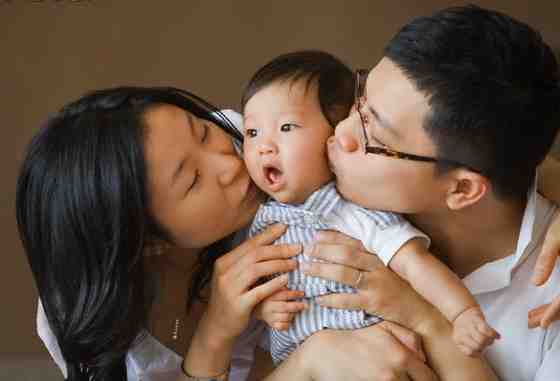China changes one-child policy
China has formally adopted a resolution easing the country’s one-child policy, the state news agency Xinhua reports.
The Standing Committee of the National People’s Congress passed a resolution allowing couples to have two children if either parent is an only child.
A proposal to abolish re-education through labor camps was also approved.
The changes in policy were announced following a meeting of top Communist Party officials in November.
The reforms, which came at the end of a six-day meeting of the congress, have already been tested in parts of the country.
They needed formal legislative approval to be put into effect.
It is expected that reforms will be rolled out gradually and incrementally around the country, with provincial authorities entrusted to make their own decisions on implementation according to the local demographic situation.
Factors other than the one-child policy, such as a lack of social security support, have also encouraged couples to limit their offspring.
China is now believed to have a birth rate of just over 1.5 children per woman of child-bearing age – which is, in fact, higher than many of its regional neighbors, including Taiwan, Japan and South Korea.
Niger has the world’s highest birth rate per woman, with over seven, India has 2.55 and the US has 2.06.
China introduced its one-child policy at the end of the 1970s to curb rapid population growth.
But correspondents say the policy has become increasingly unpopular and that leaders fear the country’s ageing population will both reduce the labor pool and exacerbate elderly care issues.
By 2050, more than a quarter of the population will be over 65.
The one-child policy has on the whole been strictly enforced, though some exceptions already exist, including for ethnic minorities.
Previous reforms also permitted couples to have a second child where both were only children or, in the case of rural couples, where their first-born child was a girl.
The traditional preference for boys has created a gender imbalance as some couples opt for gender-selective abortions.
By the end of the decade, demographers say China will have 24 million “leftover men” who, because of China’s gender imbalance, will not be able to find a wife.
[youtube NOrse7gvfPQ 650]

